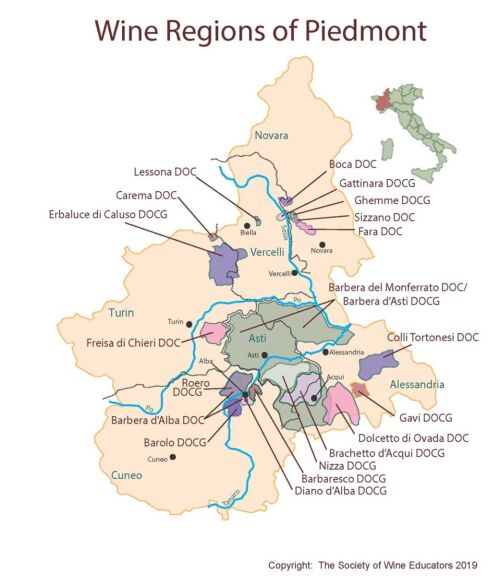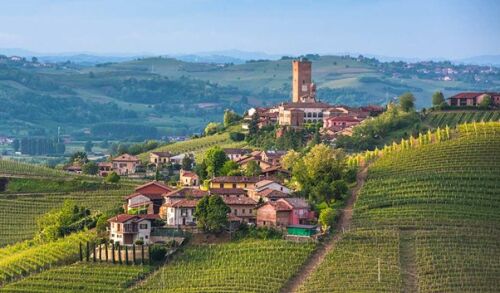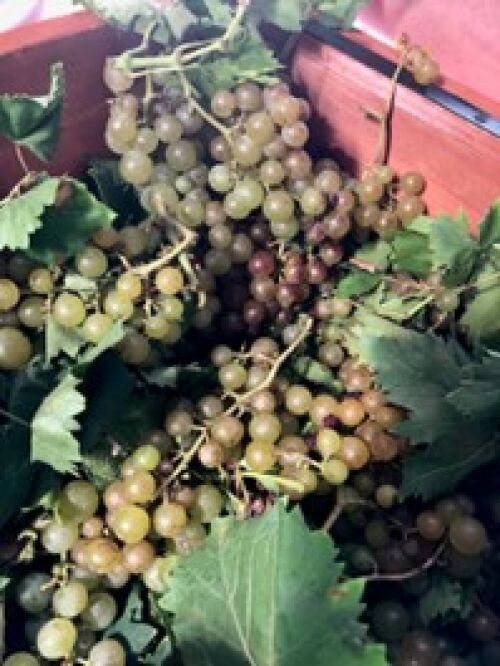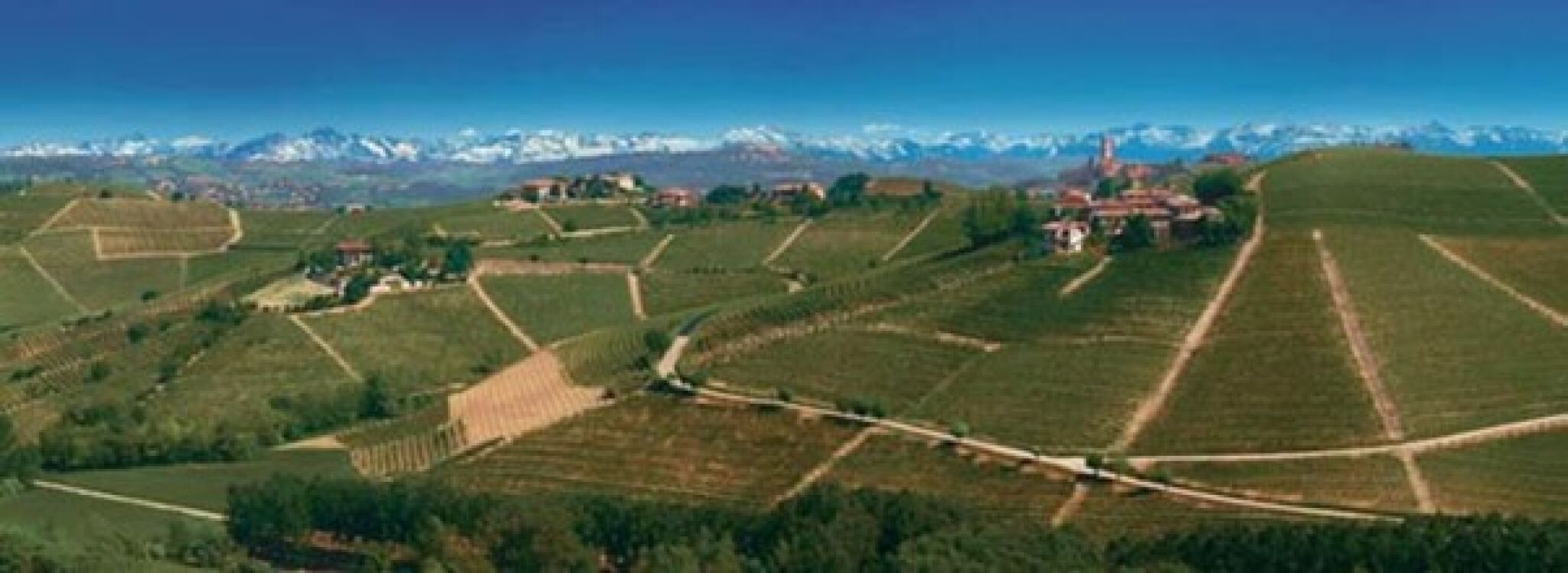By Nick Adams mw
In Part Two of the review of Italy the focus is on the northwest where the Italian purist would argue that the finest red wines in Italy are to be found - namely Barolo and Barbaresco. As true as that might be it also belies a region which offers an amazing diversity of wines and styles - some of which make for a pleasant surprise. And, as ever, I will highlight some fine examples from the Peter Graham portfolio - Piedmont.
Piedmont(e)
A wealthy and historic area which arguably boasts Italy’s most famous and finest red wines – Barolo and Barbaresco. Both these areas are quite small, with Barbaresco being even smaller at only a 1/3rd of the size of Barolo - and there are sub districts and single vineyards within them which are most prized. To put this into some sort of context, Barolo (origin 1840’s – DOCG 1966) is only 1700 hectares in size (which is only 1/10th the size of Burgundy) and Barbaresco – origin 1890 - (DOCG 1980) (at 640 hectares) is much smaller.
Both Barolo and Barbaresco must be made from 100% Nebbiolo.

Nebbiolo
The key sub districts each produce wines which are subtly different in style;
Barolo
- Serralunga – Falletto | La Serra
- La Morra – Cerequio | Brunate
- Barolo – Bricco Viole| Cannubi
- Castiglione – Fiasc | Monprivato
- Monforte – Cicala | Santo Stefano | Bussia
Barbaresco
- Barbaresco – Rabajà | Asili
- Neive – Santo Stefano
- Treiso - Pajorè
- Alba
Barolo require 3 years aging before release (by law); for Riservas 5 years | Barbaresco 2 years, Riservas 4 years.
Image Left - The Village of Barbaresco
With cold and snowy winters and warm dry summers this region prolongs the ripening season and teases out the most powerful, yet delicate flavours and aromas of the Nebbiolo grape. This grape’s paler red colour belies remarkable levels of tannin, acidity and power, but also perfume and finesse (classically referred to as “tar and roses”). The top wines need 10-15 years to come round and show their best.
In simple terms, producers tend to be split between those who are loosely termed at Traditionalists – long aging, old wood (eg GD Vajra) and Modernists shorter time, new often French oak (225lt) barrels (eg Gaja, Aldo Conterno); with those in between (Giacosa).
Please find two excellent examples below with a leaning towards the modernist camps in both wines. The Poderi Colla Barolo comes from the highly acclaimed “Cru” of Bussia one of greatest sites in Barolo. The Marchesi di Martinenga Barbaresco displays the slightly more feminine charm and elegant style you find in this appellation.
In broader more regional appellations, you can also find the Nebbiolo grape, such as in d’Alba and d’Asti, named after the two main cities in the area. In addition, the black grapes Dolcetto and Barbera are also grown and provide more affordable, and often delicious, alternatives. Freisa is another interesting local black variety.
Dolcetto is relatively softer grape and wine style with plum fruit and notes of chocolate with gentler tannins. Barbera (not to be confused with Barbaresco the region) drinks like an “unplugged” Nebbiolo - more “acoustic” less “Marshall Amp”! it has bright notes of morello cherry and crisp acidity with medium tannin levels - and can work well with, or without, oak.
Two lovely examples below the Guido Matteo Dolcetto showcases the juicy softness and plum fruit notes of this grape; and the Casali del Barone Barbera has a flamboyant morello cherry led palate with plenty of vitality and freshness. Both wines are more than medium bodied versus the fuller bodied Barolo and Barbaresco.

Barolo & Barbaresco examples
The Region also does Whites
There also two popular dry white wines produced one from the Arneis grape – at its most characterful in Roero - and probably the most famous of all in the region Cortese – the grape behind the stalwart white Gavi. Good Gavi - and especially from those vineyards in the heartland of the district (called Gavi di Gavi - just to make sure you get their importance!) have a lovely citrus and nutty quality - always dry, crisp, with medium body and no oak. A nice example of this is the Tenuta Santa Seraffa below.
The Twist in the Tale
This region is also famous for two semi sparkling (frizzante) sweet wines. These are unique in style and genuinely “fine” in the true wine sense. Both are fermented in pressurised stainless steel tanks and the fermentation is stopped half way through to leave a gently sparkling, low alcohol (just 5.5% abv), and sweet style from unfermented grape sugars.
- Moscato d’Asti – made from the Muscat grape and cool fermented in a sealed tank, then bottled bottled early under pressure before all the sugar has been fermented
- Brachetto d’Aqui – as above from the black Brachetto grape – both of which are usually produced at low 5.5% abv alcohol
The Muscat (image right) is exceptionally fruity and perfumed with notes of blossom, ripe peach, elderflower and sable grapes. The Alasia below exemplifies this style.

White & Sparkling examples
Food and Wine Matching
Italian cuisine and its wines just seem made for each other. With Piedmont reds being both dry and medium to full bodied in style then richer and meatier dished are called for, along with richer vegetarian dishes and sauces, chargrilled such as aubergine, pine nuts, courgette, which can include tomatoes. Classically in Italy a wild boar (cinghiale) ragu with pasta is a universal favourite. Both the big Barolo and Barbaresco work well with grilled steaks, whilst Dolcettos and Barbera make for an interesting alternative and great match with summer BBQ dishes.
Moscato d’Asti works a treat with lighter puddings such as panna cotta or served with classic afternoon tea, cakes, sandwiches instead of Champagne or Prosecco. Or just enjoy on its own as a pudding in its own right.



